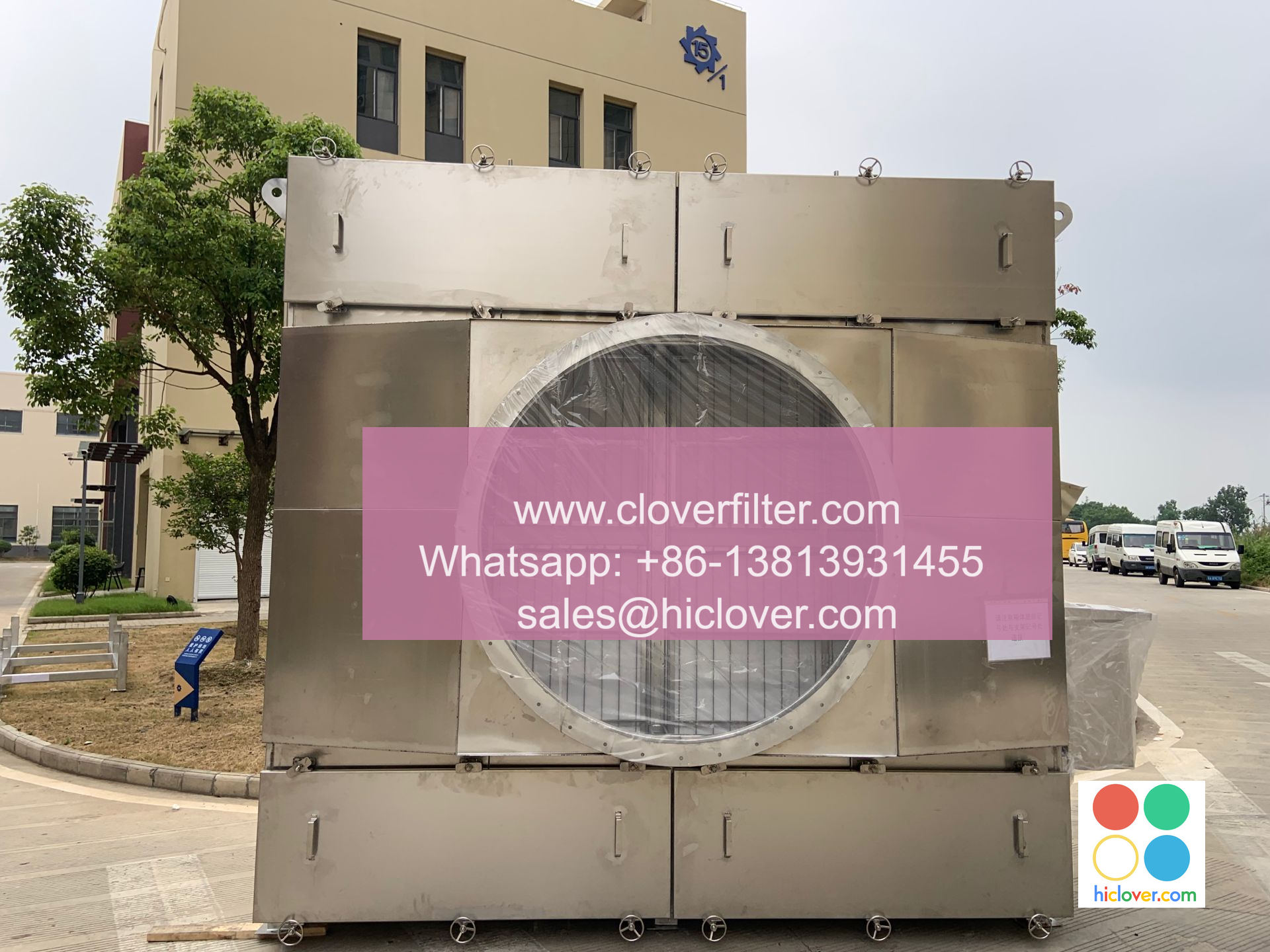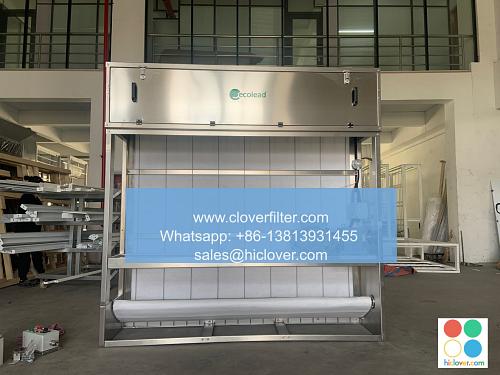The Benefits of Using Air Filters in Medical Facilities

Medical facilities, including hospitals, clinics, and laboratories, require a high level of indoor air quality (IAQ) to ensure the health and safety of patients, staff, and visitors. One of the most effective ways to achieve this is by using air filters that can remove airborne pathogens, allergens, and other contaminants from the air. In this article, we will highlight the benefits of air filtration in medical facilities, including infection control, patient safety, and staff well-being.
Reducing Infection Risks with HEPA Air Filters
HEPA (High Efficiency Particulate Air) filters are widely used in medical facilities to remove airborne pathogens, such as bacteria, viruses, and fungi. These filters are designed to capture 99.97% of particles as small as 0.3 microns, making them an effective tool in preventing the spread of infections. By using HEPA air filters, medical facilities can reduce the risk of hospital-acquired infections (HAIs) and create a safer environment for patients and staff.
Improving Indoor Air Quality with Activated Carbon Air Filters
Activated carbon air filters are another type of filter used in medical facilities to improve indoor air quality. These filters are designed to remove gases, odors, and chemicals from the air, creating a cleaner and healthier environment. Activated carbon air filters are often used in combination with HEPA filters to provide comprehensive air filtration and purification.
Application Areas for Air Filters in Medical Facilities
Air filters are used in various application areas in medical facilities, including:
* operating rooms: to prevent the spread of infections and maintain a sterile environment
* patient rooms: to improve indoor air quality and reduce the risk of hospital-acquired infections
* labs and research facilities: to prevent the spread of airborne pathogens and maintain a safe working environment
* pharmacies: to prevent the spread of airborne contaminants and maintain a clean environment for medication preparation
Benefits of Air Filtration in Medical Facilities
The benefits of using air filters in medical facilities are numerous, including:
* reduced infection risks: by removing airborne pathogens and preventing the spread of infections
* improved patient safety: by creating a cleaner and healthier environment for patients
* increased staff well-being: by reducing the risk of airborne illnesses and improving indoor air quality
* reduced absenteeism: by creating a healthier working environment and reducing the risk of staff illnesses
* cost savings: by reducing the risk of hospital-acquired infections and minimizing the need for costly treatments and medications.
In conclusion, the use of air filters in medical facilities is crucial for maintaining a high level of indoor air quality and reducing infection risks. By using HEPA air filters and activated carbon air filters, medical facilities can create a safer and healthier environment for patients, staff, and visitors. As the importance of infection control and patient safety continues to grow, the use of air filters in medical facilities will become increasingly essential. It seems like you haven’t given me a prompt to work with. Please go ahead and provide a prompt, question, or topic you’d like to discuss, and I’ll be happy to help!

